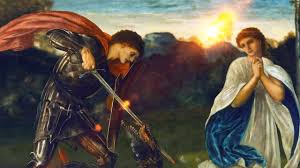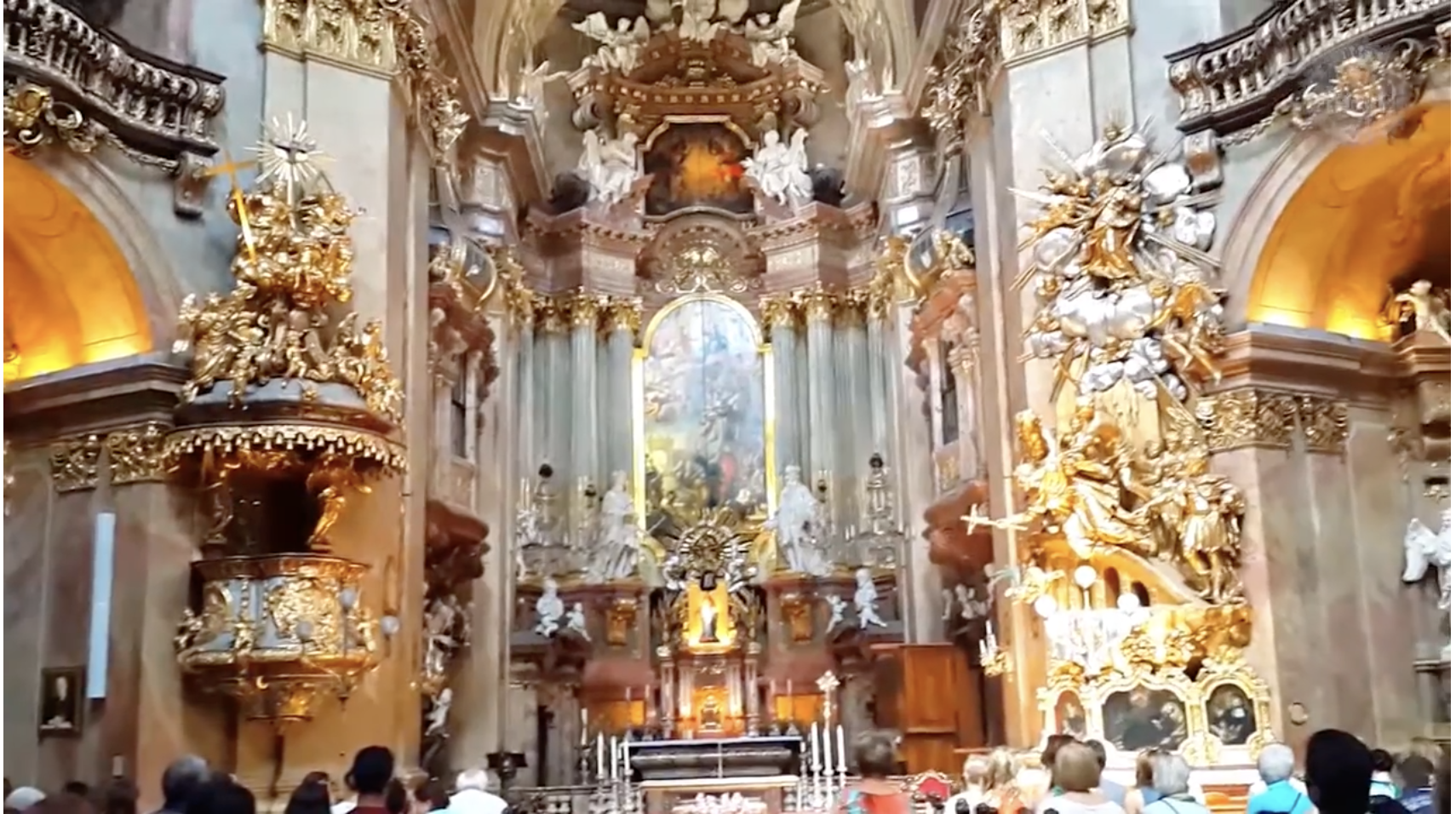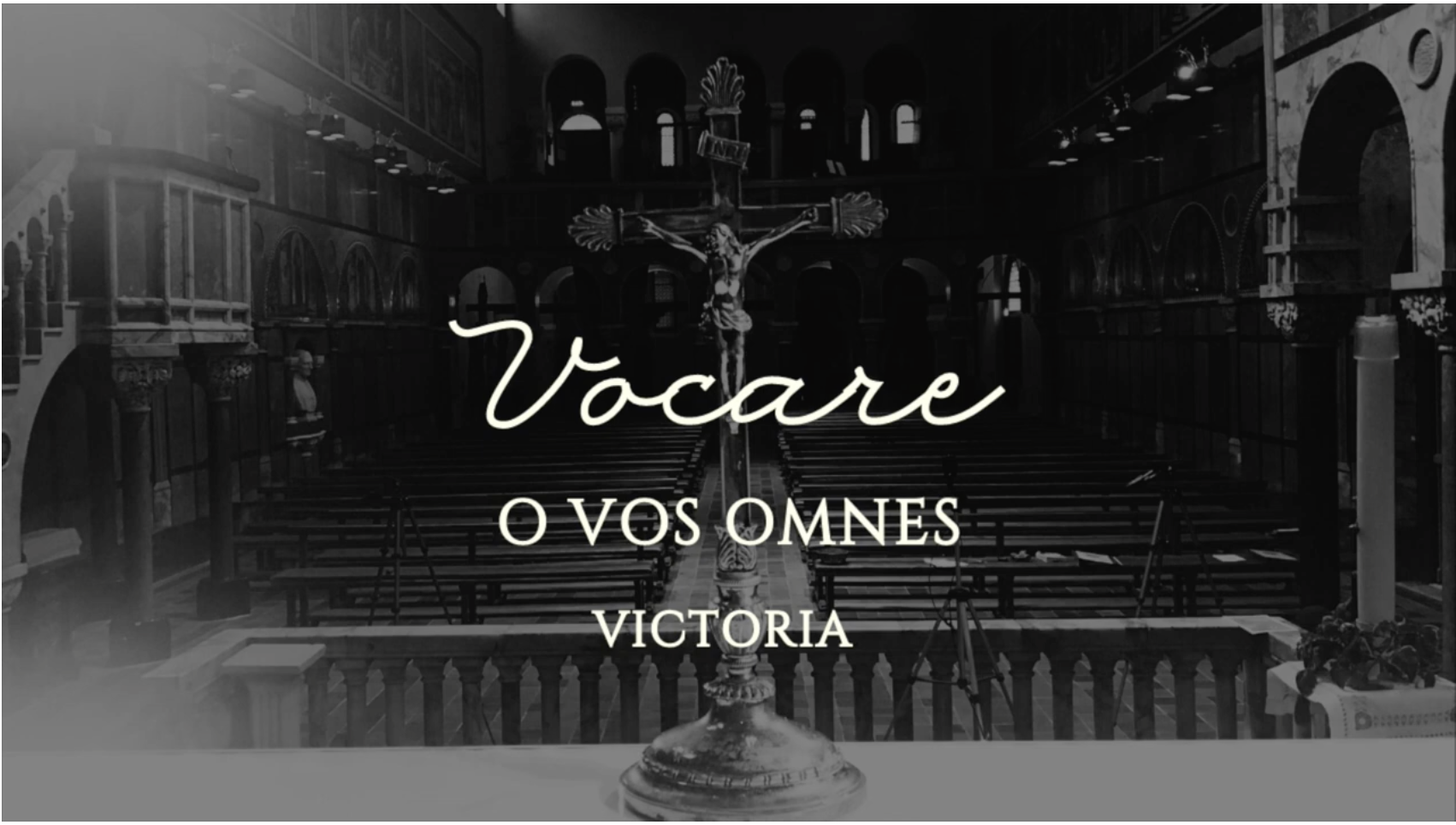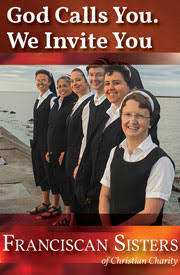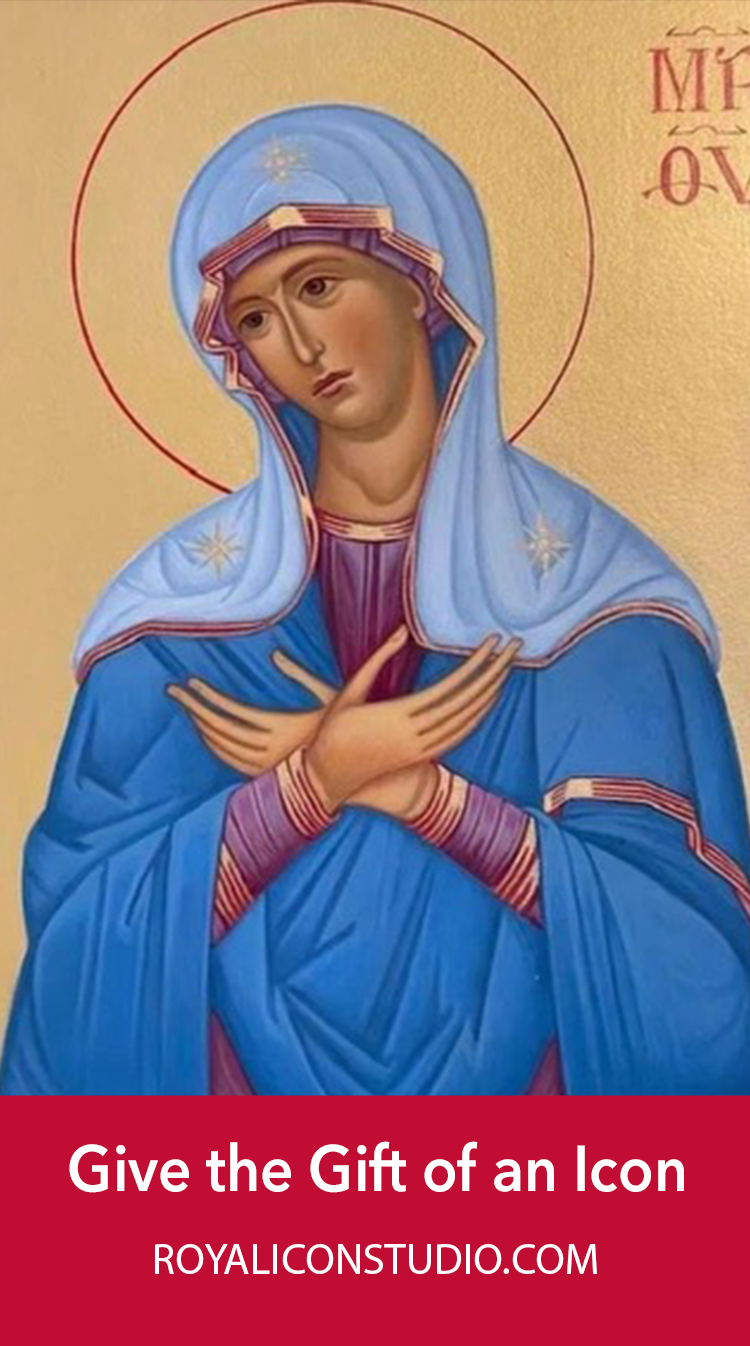I am an old man – old enough to have vivid memories of what American Catholicism was like prior to the end of Vatican II (1965). If I were asked to give a very short summary of the differences between the pre-V2 and post-V2 versions of American Catholicism, I would say the former was a “thick” religion while the latter is a “thin” religion. And I would add that thick religions are “hard” while thin religions are “easy.” So pre-V2 Catholicism was thick and hard, while present-day American Catholicism is thin and easy.
To be sure, the pre-Vatican II religion wasn’t the thickest of American religions. The religion of the Amish was much thicker; and so was the religion of the Hasidic Jews. Nor is the post-Vatican II religion the thinnest of American religions. The religions of mainline Protestant denominations are thinner, and they grow thinner and thinner all the time as they grow more and more liberal.
What made Catholicism thick in the old days?
Doctrine. In the old days Catholics used to believe all the articles of the Nicene Creed plus a few other doctrines (for instance, the Real Presence of Jesus in the Eucharist). Now, it’s not that modern Catholics disbelieve in the Creed, and certainly the Church has not officially repudiated a single article of the Creed. But post-V2 American Catholics don’t think articles of belief are especially important. What’s important in religion is being good. As long as you’re good, it doesn’t really matter very much what you believe. And you can receive Communion on a weekly basis without troubling your mind about the vexed theological question of transubstantiation.
Morality. In the old days, a conscientious Catholic, when doing an examination of conscience, had to ask himself or herself questions about many topics. Am I chaste when it comes to sex? Am I temperate when it comes to drink? Do I give my employer an honest day’s work for an honest day’s pay? Am I honest in paying my taxes? Do I avoid profanity in speech? And more. Today’s Catholics make a much briefer examination of conscience, for there is only a single question: Do I love my neighbor as myself?
Polytheism (or something like it). Catholicism, of course, teaches that there is only one God, the Trinitarian God. But the traditional Catholic veneration of saints, above all the Virgin Mary, bears a resemblance to the polytheism of the ancient Greek and Roman world. The official Catholic teaching has always been that all the saints can do for us is to pray to God on our behalf. But in practice pre-V2 Catholics often believed that saints, if prayed to in the right way and if in the right mood, could work miracles for us; the saints were in effect minor gods. Post-V2 Catholics no longer have much interest in the saints – except of course for Mother Teresa and Francis of Assisi, who can serve as good examples to us even though they are not so godlike as to be able to make miracles.
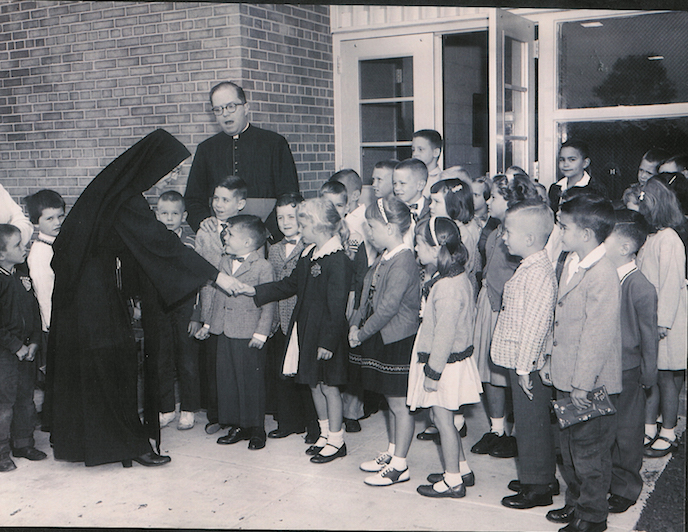
Miracles. In the old days, Catholics readily believed in stories of miracles. And not just miracles that happened in famous places like Fatima and Lourdes, but miracles that happened in one’s neighborhood or in one’s family. And Catholics loved to be in close physical proximity to holy pictures, holy statues, holy candles, rosary beads, miraculous medals, holy water, etc.
Laws – lots of them that had to be obeyed, some of them God-made, some Church-made. You had to avoid meat on Fridays. You had to abstain from food and drink (even water) after midnight on a day in which you intended to receive Communion at Mass. You had to go to Confession before receiving Communion.
Chastity. If unmarried, you had to abstain from fornication. If married, you had to abstain from contraception. Of course, the Catholic Church still officially considers fornication and contraception sins –mortal sins. But among younger American Catholics, fornication has been demoted from the rank of mortal sin to the rank of venial sin, if not non-sin. And among married Catholics contraception has been kicked out of the category of sin altogether. It is now a virtue.
Community. And then there was the importance of staying as much as possible inside the Catholic community – the “ghetto” as it was often called. You should go to a Catholic school and college. You should read Catholic magazines and books. You should join Catholic social clubs. Above all, you should marry inside the Church. Don’t marry Protestants or other non-Catholics. And if (God forbid) you do, the wedding won’t take place inside a church; and the non-Catholic will first have to promise to bring up the children as Catholic.
Well, those were the “good old days” – and now they are gone, gone with the wind. Will they ever return? It’s awfully hard to believe they will.
But unless it once again becomes something like the old thick religion, American Catholicism will continue to shrink and shrink and shrink. It will become less and less important in American life. A religion that was once on the verge of becoming the single most important religious factor in our national life will become little more than a hole-in-the-corner religion. It will never be able to flourish if it continues to be what it is now, a “thin” and “easy” religion. If it is ever to flourish in this country, it will once again have to become what all flourishing religions are, both “thick” and “hard.”
Am I hopeful? Yes. One must never give up hope.
Am I optimistic? No. One must be realistic.


